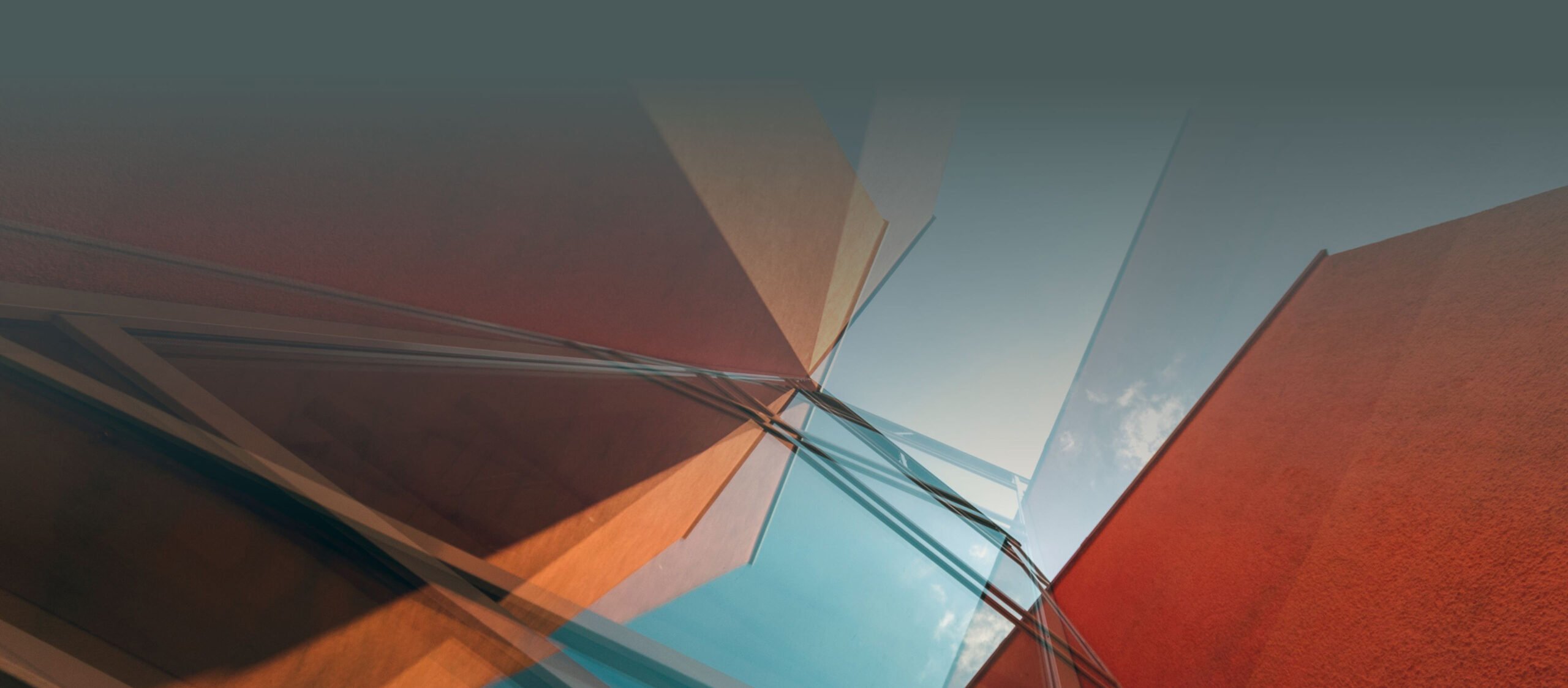Fire safety roles: a fire safety engineer, fire protection services designer and passive fire installer.
The might all sound similar – and they certainly all play with fire (the safe way of course).
But these three important fire safety roles are all critical to ensuring fire safety is achieved.
These three distinct roles work together closely to contribute to the fire safety of a project – but they often get confused.
We’ve put together a summary of what each does, along with some tidbits about how they create value and how you can get the most out of each in your next building project.
As is so often the case – the earlier the better is always true!

Fire Safety Engineer
A fire safety engineer:
- Develops Performance Based Solutions to provide value to the project (deviating from the restrictive Deemed to Satisfy Provisions of the Building Code of Australia).
- Demonstrates safety through showing that the building meets the performance requirements of the BCA.
- Looks for opportunities to proactively provide value (an experienced fire engineer should do this even before Development Application is submitted and even when not asked to, it’s about achieving the best possible outcome for the project and our clients).
How they deliver value
They create value through:
- Efficiency – being value for money (hitting budgets!) to support the project program.
- Future proofing – Championing great design that works now and into the future.
- Architectural – Supporting creative architectural design to help in leaving a legacy we can be proud of.
Fire Protection Services Designer:
A Fire Protection Services Designer designs the following systems in bespoke software and produces drawings through design stages and for construction e.g. Dwg and Revit:
- Fire hose reels
- Fire extinguishers
- Fire hydrant system
- Fire sprinkler system
- Foam suppression
- Gas suppression
- Fire detection system – smoke, heat, flame etc.
They possess a sound understanding of all of the Australian Standards associated with the fire safety systems they design.
Where there are opportunities, they often propose Performance Based Solutions for the ‘fire safety engineer’ to consider for the project to achieve an efficient design outcome.
TIP: Communication matters
Open lines of communication between fire protection services designers and fire safety engineers is key to achieve a practical and economic outcome. They need to work hand in hand so that the fire safety engineer can understand and endorse their design proposals (where it stacks up of course, it needs to be safe).
Passive Fire Installer:
A Passive Fire Installer:
- Installs specific fire rated elements on your project (e.g. light weight fire rated walls, fire rated ceilings, treats fire rated penetrations, fire rating to steel beams and columns etc.).
- Has specialist knowledge in fire rated systems from various manufacturers in the market (helps you find the right product for the job that is compliant).
- Determines the available passive fire rating systems that can be installed to achieve the FRLs.
Where there is no tested system available, the passive fire installer may propose for the manufacturer to get more testing done or for a deviation to be proposed to the fire engineer for their assessment.
Often for existing buildings, it is key that the passive fire installer is brought on early to provide advice regarding achieving fire rating and also where finding the right tested system might be challenging.
TIP: Earlier the better
Passive fire installer involvement early is often key for existing building, heritage and adaptive reuse projects.
